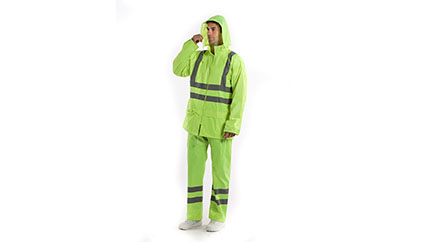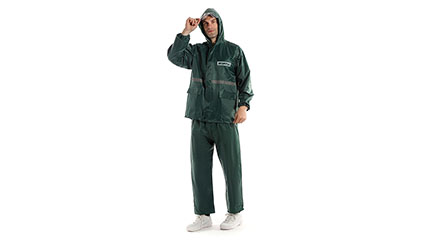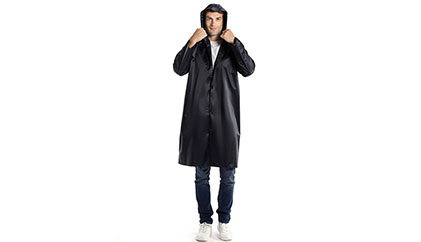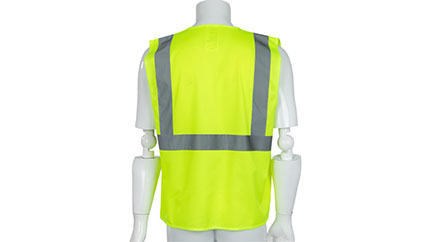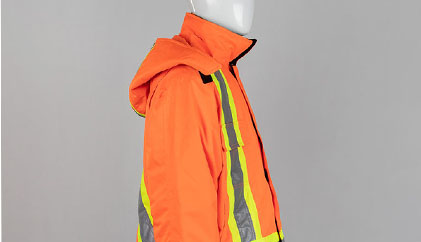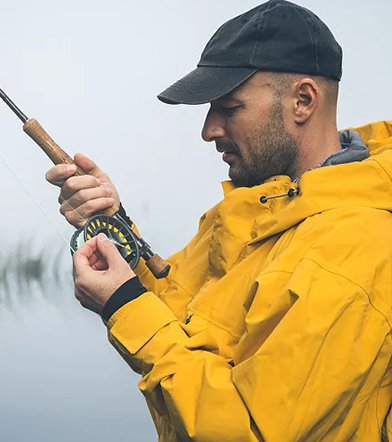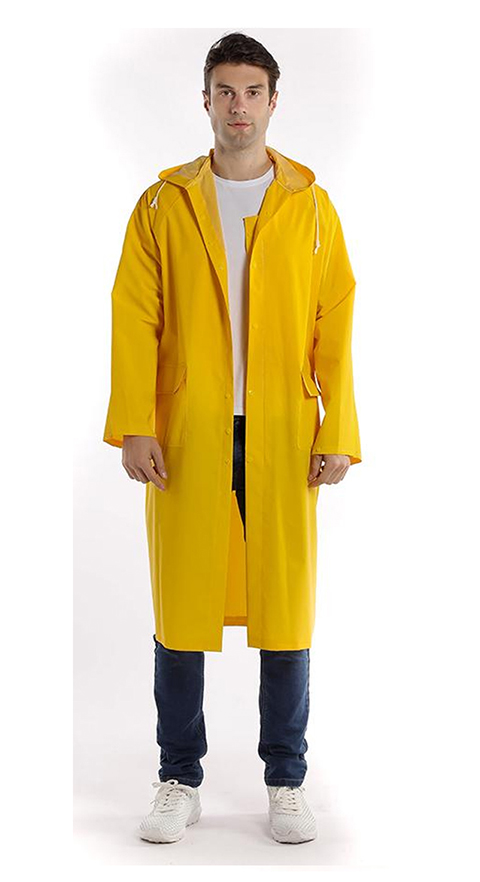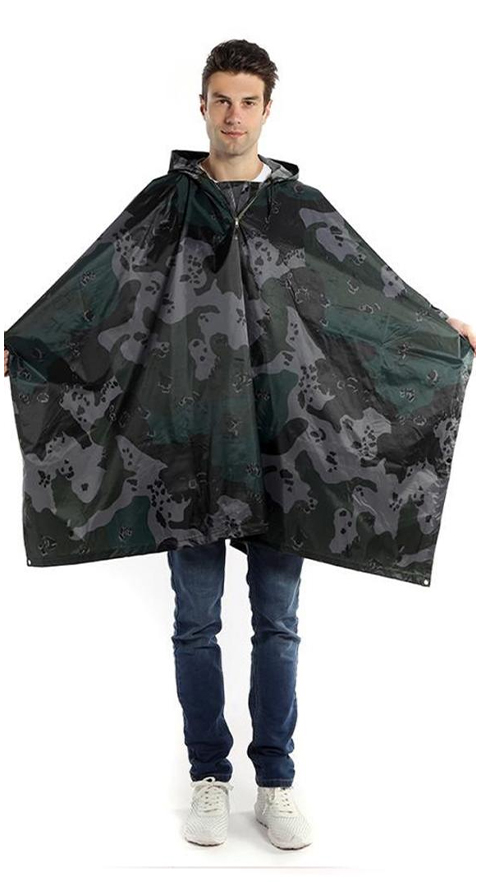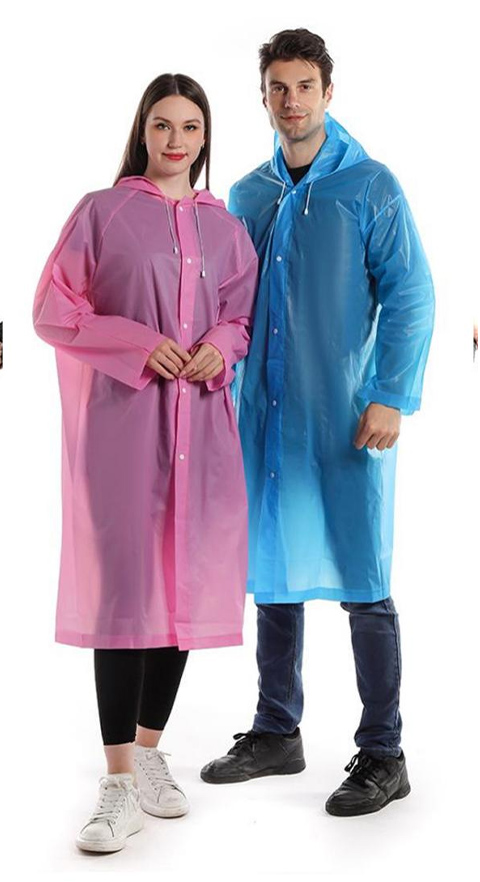Outdoor Activities
The Ultimate Technical Rainwear Solution for Outdoor Enthusiasts
Venturing into the great outdoors requires a different level of preparation than a city commute. When rain catches you on a trail, at a campsite, or by a river, your gear isn’t just about comfort—it’s about safety, warmth, and extending your ability to enjoy the activity. This guide provides a technical solution for staying dry and protected during outdoor pursuits in wet conditions.
Core Principle: The Technical Layering System
For demanding activities, your clothing system must manage both external moisture (rain) and internal moisture (sweat). Failure to do so leads to being wet from the inside out.
-
Base Layer (Moisture Management): Worn next to the skin. Always choose synthetic materials (polyester, polypropylene) or merino wool. Avoid cotton at all costs, as it absorbs moisture and loses its insulating properties.
-
Mid-Layer (Insulation): Traps body heat. Use a fleece jacket or a synthetic insulated jacket for damp conditions. These materials retain warmth even when wet.
-
Outer Shell (Protection): Your waterproof and windproof barrier. This is your critical piece of rainwear.
The Technical Outer Shell: What to Look For
A standard raincoat won’t suffice for intense outdoor activities. You need a technical shell built for performance.
-
Material Technology: Look for laminated membranes like GORE-TEX®, eVent®, or similar proprietary technologies. These membranes are permanently waterproof and highly breathable, allowing sweat vapor to escape while blocking external water.
-
Waterproof Ratings: Measured in millimeters (mm). For serious outdoors, look for a rating of 10,000mm to 20,000mm or higher.
-
Breathability Ratings: Measured in grams (g/m²/24hrs). A higher number is better. Look for 5,000g to 15,000g+ for high-output activities.
-
Durable Water Repellent (DWR) Finish: A coating on the outer fabric that causes water to “bead up” and roll off. This prevents the outer fabric from becoming saturated, which would kill the shell’s breathability.
Tailored Solutions for Your Outdoor Activity
1. For Hiking & Backpacking
The Challenge: High exertion, variable weather, and prolonged exposure. The key is balancing maximum waterproofness with maximum breathability.
-
The Gear: A 3-Layer Hardshell Jacket & Rain Pants.
-
Jacket: A technical hiking shell, often with a slightly longer back hem. It should be lightweight and packable.
-
Pants: Full-side-zip waterproof over-trousers are essential. They can be put on over boots without stopping or taking your footwear off.
-
-
Key Features:
-
Pit Zips and Venting: Crucial for dumping excess heat during climbs.
-
Adjustable Hood: Must be helmet-compatible and able to cinch down to move with your head.
-
Strategic Pockets: Chest pockets that are accessible while wearing a backpack hip belt.
-
Gasket-Sealed Zippers: On all critical pockets and the main front zip.
-
2. For Camping
The Challenge: Less constant exertion, but more static periods (cooking, sitting). The focus is on durability, coverage, and managing condensation inside tents.
-
The Gear: A Durable Rain Jacket & A Separate Rain Kilt or Poncho.
-
Jacket: A robust, often slightly heavier, shell for tasks like gathering wood or cooking in the rain.
-
Rain Kilt/Poncho: Excellent for wearing around camp. A poncho provides exceptional coverage for you and your pack, while a kilt is easy to slip on for quick trips from the tent.
-
-
Key Features:
-
Roomy Fit: Allows for layering with thick insulation for cold nights.
-
Tough Face Fabric: Resistant to abrasion from backpack straps or brushing against rough surfaces.
-
Large Pockets: For storing camp essentials like a headlamp, knife, and firestarter.
-
3. For Fishing
The Challenge: Staying dry while casting, minimal noise to avoid scaring fish, and needing full freedom of movement.
-
The Gear: A Fishing-Specific Rain Suit.
-
Jacket & Bib Trousers: Bibs (overalls) are superior to pants as they prevent water from running down your back when you bend over. They also keep your core drier when wading.
-
-
Key Features:
-
Quiet Fabric: Soft, brushed tricot-lined fabric that doesn’t make a “swishing” sound.
-
Waterproof Cuffs: To prevent water from running down your arms during casting.
-
Angler-Specific Pockets: For tackle, pliers, and licenses. Often with drainage grommets.
-
Articulated Knees and Elbows: For a full range of motion.
-
4. For Gardening & Yard Work
The Challenge: High abrasion from kneeling, brushing against branches, and exposure to dirt and mud. Durability and easy cleaning are paramount.
-
The Gear: A Heavy-Duty PVC or Polyurethane Rain Suit.
-
These are less breathable but offer superior, cost-effective waterproofing and toughness for low-exertion tasks.
-
-
Key Features:
-
Reinforced Knees and Seat: Essential for kneeling on wet ground.
-
Full-Length Front Zipper: For easy on/off over work clothes.
-
Ankle Zippers: On the trousers for easy boot access.
-
Easy-to-Clean Surface: Can be hosed down after use.
-
Essential Accessories for Total Protection
-
Footwear: Waterproof Hiking Boots (with a Gore-Tex liner) for trails. Waterproof Rubber Boots for fishing, camping chores, and gardening.
-
Headwear: A technical beanie made of wool or fleece worn under your hood provides warmth even when wet.
-
Handwear: Waterproof Gloves or Shell Mittens that can be worn over thin liners.
-
Gaiters: Spats that cover the top of your boots and lower leg, preventing water, snow, and debris from getting inside your footwear. Essential for hiking in wet brush or mud.
Conclusion: Master the Elements
The right outdoor rainwear is an investment in your passion. By understanding the technical requirements of your activity—whether it’s the breathability needed for a steep hike or the brute durability required for gardening—you can choose a shell system that performs. Remember the core mantra: Layer Smartly, Choose Technically, and Stay Dry. This allows you to embrace the beauty of nature, no matter the weather.

